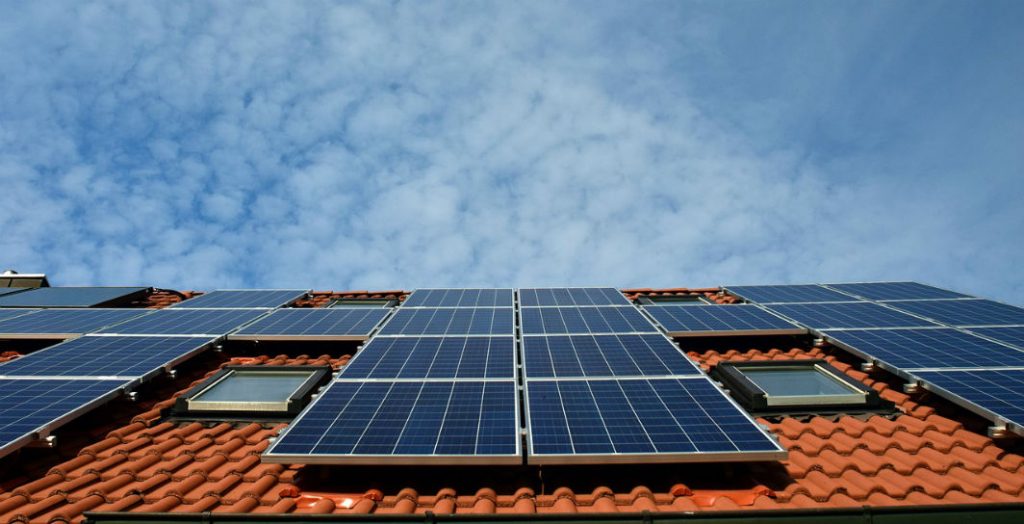Ask the expert: what do businesses need to know about the Smart Export Guarantee?
The Government has just introduced the Smart Export Guarantee (SEG), designed to replace the Feed-in Tariff as a mechanism for paying generators of small-scale renewables. We talked to renewables expert Martyn Gilbert of BiU about how SEG works.
In a nutshell, what is the Smart Export Guarantee (or SEG)?
SEG replaces the Feed-in Tariff (FiT) scheme, which closed in March 2019. As with FiT, SEG will guarantee payments for homes and businesses that generate their own power from small-scale renewables and export it to the grid. The difference is that whereas FiT payments were set at a fixed rate, payments under SEG will be determined by suppliers.
When is SEG coming in?
Energy suppliers who are mandated under SEG will have to offer at least one SEG-compliant payment tariff from 1 January 2020. But they obviously don’t have to wait until then – they can start offering SEG-compliant tariffs straight away if they wish.
How much will energy generators be paid under SEG?
Under SEG, energy tariffs will not be fixed by the Government. SEG is part of a move towards more market-based pricing in the sector, and this means that suppliers are free to offer whatever payment tariff they see fit. There will be no specified minimum tariff rate, although payment must be above zero. So it’s difficult to predict what kind of tariffs will be on offer; it’s up to the suppliers, who in turn will be taking their cue from the market, and we will be watching with interest.
So nothing is definite. But as an expert, what range of tariffs do you predict? Is it likely to be significantly more or less than FiT offered?
I can see you want some hard numbers! We can get an idea of possible future SEG tariffs by looking at what’s already on offer. Both E.on and Octopus Energy brought in their own schemes when FiT closed to new applications at the end of March, designed to fill the gap before SEG came in. E.on’s Solar Reward scheme gives 5.24p/kWh, which matches the FiT export rate for 2019. The “Outgoing Octopus” tariff gives you 5.5p/kWh, which is more than the FiT rate. Now that SEG has been announced, I fully expect to see more suppliers setting SEG tariffs in the near future and competition playing its part.
What happens when market prices are negative? Will generators have to pay suppliers?
No. The SEG rules state that generators are not required to pay suppliers at times of negative pricing. The Government’s consultation response tells us that they considered it, but decided that it would discourage small generators by making the system unnecessarily risky and complex.
How does an installation qualify for SEG?
As with FiT, it must be renewable energy: anaerobic digestion, hydro power, micro-combined heat and power, onshore wind and photovoltaics. Small-scale solar currently does the lion’s share of small-scale renewables generation and we would expect this to continue under SEG.
Capacity must be under 5MW, except for micro-combined heat and power, which has a limit of 50kW.
You must also be certified by the Microgeneration Certification Scheme (MCS) or equivalent. There is lots of information about the scheme, such as eligibility requirements and help finding an installer, on the MCS website.
If a business currently receives FiT payments, will it have to move to a SEG tariff?
If your installation was accredited under FiT before it closed to new applications, you will continue to receive your FiT payments under the existing terms and conditions for up to 20 years. In some cases that’s extended to 25 years. There is no obligation to switch to the SEG scheme.
Will all energy suppliers be obliged to offer tariffs under SEG?
SEG applies to licensed suppliers with 150,000 or more domestic customers. They must offer a SEG-compliant tariff to all suitable small-scale energy exporters.
Non-domestic suppliers and those with fewer than 150,000 customers can offer tariffs under SEG on a voluntary basis if they wish.
You will note that the size threshold is lower than for mandatory FiT licensees. The Government initially considered mirroring FiT by making 250,000 customers the threshold, but many responses to its consultation argued that a lower threshold would make for more choice and competition in the market, so they lowered it to 150,000.
How long will SEG be in force?
There is no defined end date. The scheme will be monitored by Government to see how effective it is in achieving the goals of encouraging small-scale renewables generation and introducing more competition into the sector. The Government has said that it will probably step in to review the tariff-setting arrangements if it looks as if the tariffs on offer are not truly reflective of market values.
Looking for advice on renewables? Get in touch with our team.

